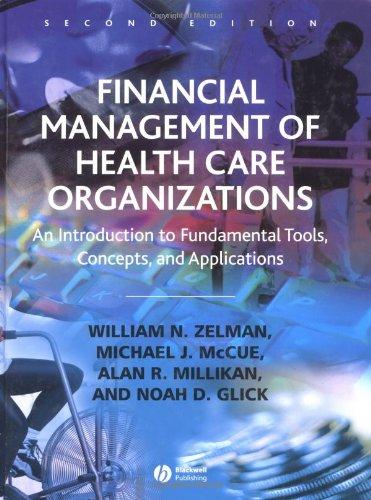Question
The Boston Red Sox won the 2004 World Series a feat last accomplished in 1918. Fenway Park, its home field, is the oldest (and smallest)
The Boston Red Sox won the 2004 World Series a feat last accomplished in 1918. Fenway Park, its home field, is the oldest (and smallest) park of any of the major league teams, holding a maximum of 36,000 fans. MLB has strongly suggested that the owners of the team consider expanding its seating to 40,000. The cost of permits, project management, and construction is expected to be $40,000 per seat. Work can be accomplished over a period of two years at which time the club will have 4000 additional seats to sell. (Assume the investment would occur equally over years 0 and 1) Each seat will generate an additional $3500 of revenue per year for the first 3 years after completion, $4000 per year for the next 4 years and $5000 per year for the next 4 years at which time a replacement or major renovation of the park will be necessary. If the cost of capital is 15%, will this project be economically feasible, given the information provided? What is the NPV? IRR? John Henry, the principle owner of the club, decided to approach Boston Mayor Tom Menino, to seek a subsidy from the city to guarantee at least 10% return on the project. How much would the city have to advance at the beginning to accomplish this? What steps might management consider to make the project more economically attractive? Show your analysis.
Step by Step Solution
There are 3 Steps involved in it
Step: 1

Get Instant Access to Expert-Tailored Solutions
See step-by-step solutions with expert insights and AI powered tools for academic success
Step: 2

Step: 3

Ace Your Homework with AI
Get the answers you need in no time with our AI-driven, step-by-step assistance
Get Started


